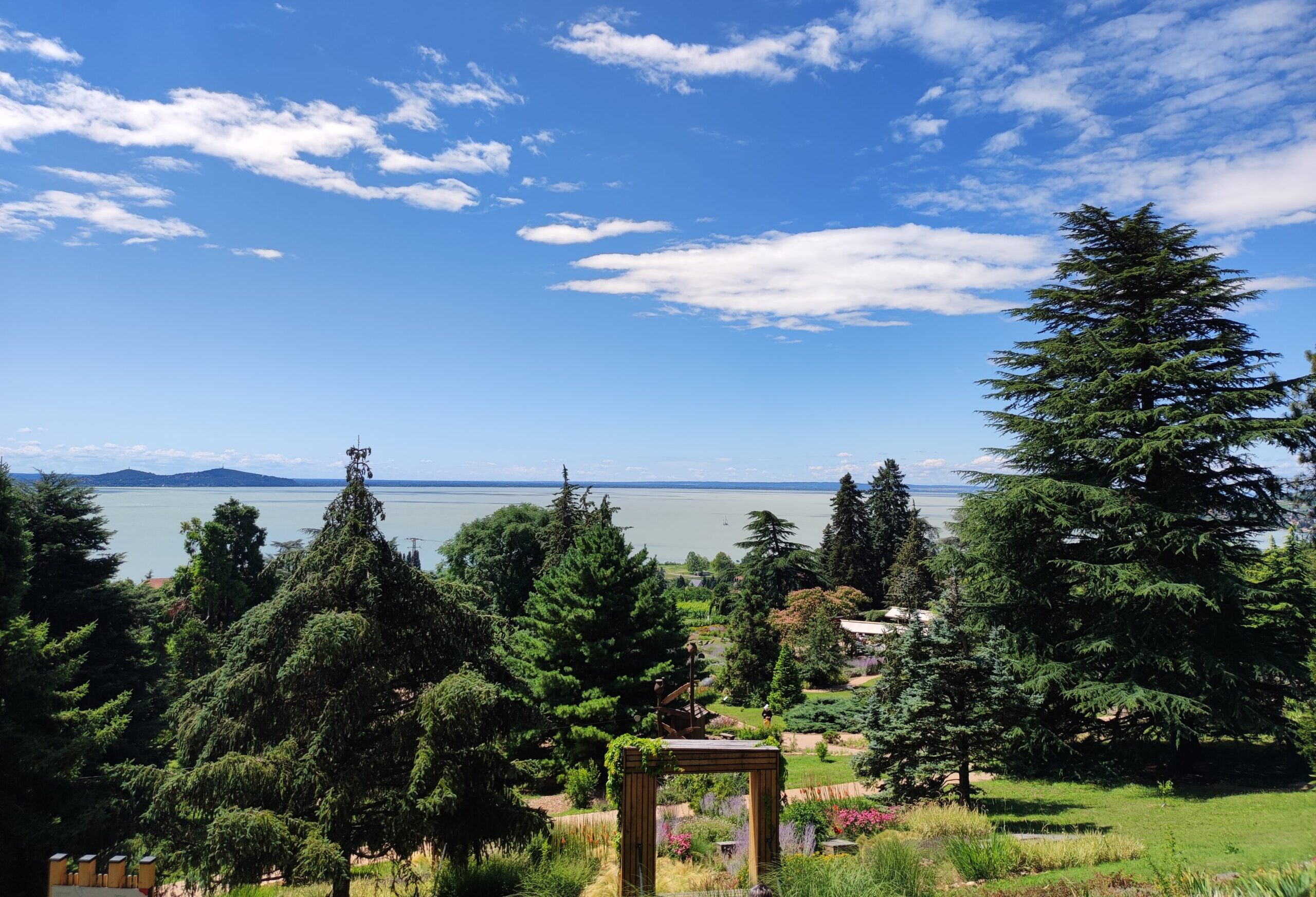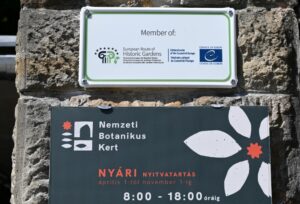
The family-owned arboretum is one of the most important sites for cedar and cypress trees in Hungary.Continue reading

The National Botanical Garden in Vácrátót (close to Budapest) has earned a distinguished spot on the European Route of Historic Gardens, becoming the fourth Hungarian site to be included in the prestigious cultural network, reports the Hungarian Research Network.
Maintained by the HUN-REN Center for Ecological Research, the garden is home to around 13,000 plant species and varieties. Its nomination and successful inclusion were supported by the Hungarian Garden Heritage Foundation, the national coordinator of the program.
Launched by the Council of Europe in 1987, the Cultural Routes program fosters cross-border cooperation in culture, education, science, and tourism.
Hungary currently hosts stops on 13 of the 48 certified routes, including the European Route of Historic Spa Towns, the European Cemeteries Route, and the Route of Reformation.
The European Route of Historic Gardens, established in 2020, promotes the conservation and public appreciation of historic gardens across the continent. It also organizes professional forums for member sites and facilitates access to EU funding for garden restoration, heritage research, and related projects.

Photo: National Botanic Garden in Vácrátót
With Vácrátót’s inclusion, Hungary now has four gardens on the route, alongside the Esterházy Palace gardens in Fertőd (western Hungary), the Károlyi Castle and Arboretum in Fehérvárcsurgó (central Hungary), and the Royal Palace in Gödöllő (close to Budapest).
The Vácrátót garden’s inclusion reflects decades of expert care and vision. Count Sándor Vigyázó, landscape designer Vilmos Jámbor, and head gardener Henrik Band laid its original foundations. Later, Miklós Ujvárosi, the garden’s first director, established its current structure.
Under the leadership of Géza Kósa, it became Hungary’s richest living plant collection, and more recently, Vince Zsigmond has transformed it into a modern, visitor-friendly institution focused on education and sustainability.
Membership in the Route not only fills the garden and its caretakers with pride, but also a powerful motivation to enhance visitor experiences. With over 100,000 guests annually, the Vácrátót Botanical Garden aims to offer even more enriching cultural and recreational opportunities while elevating the profile of historic gardens across Europe.
Via Hungarian Research Network; Featured image: Nemzeti Botanikus Kert, Vácrátót Facebook